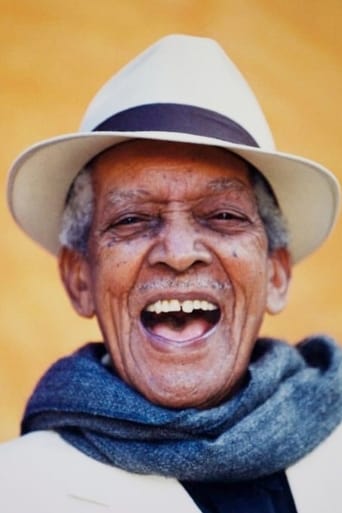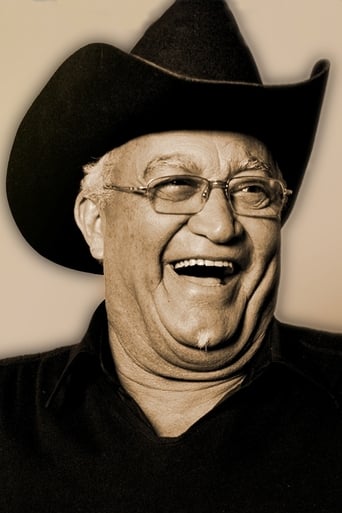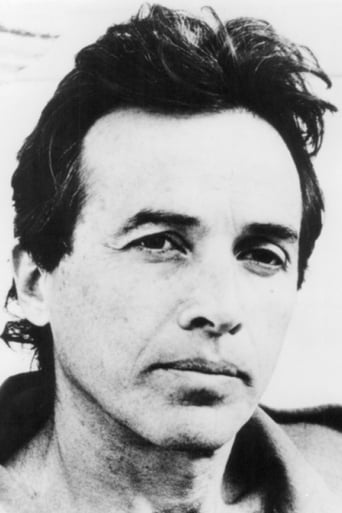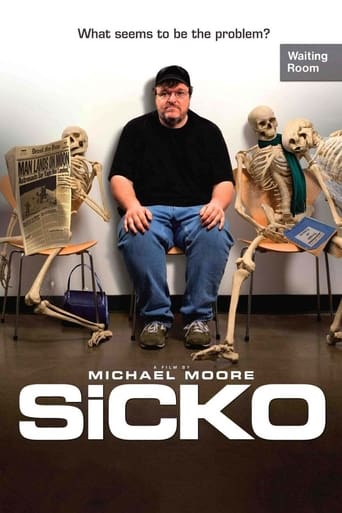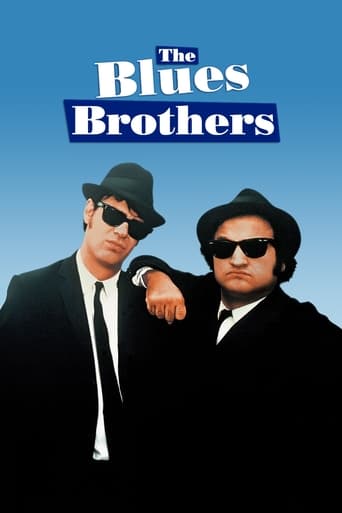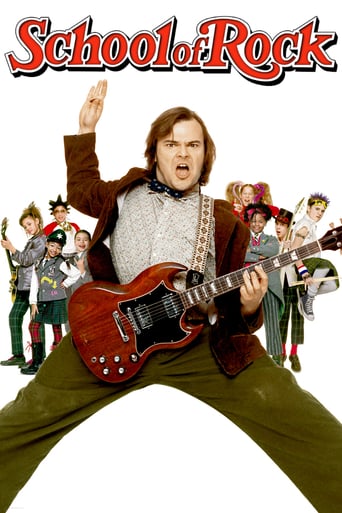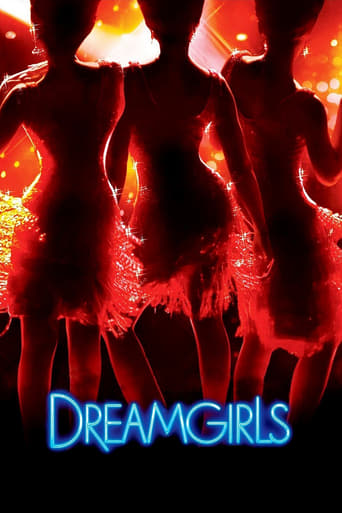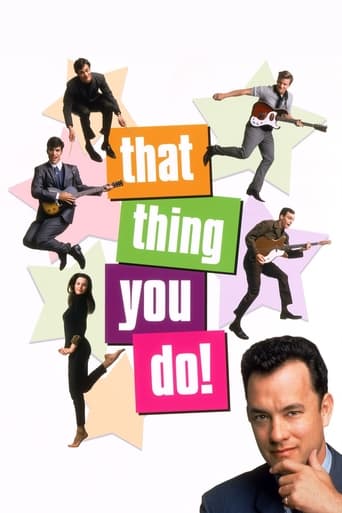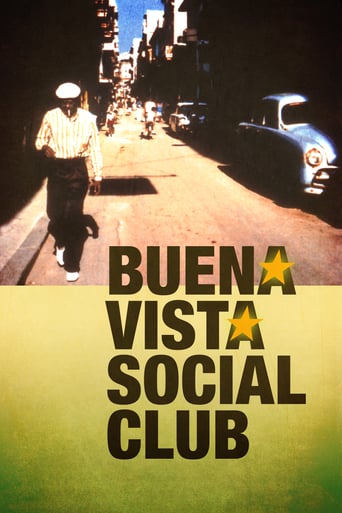
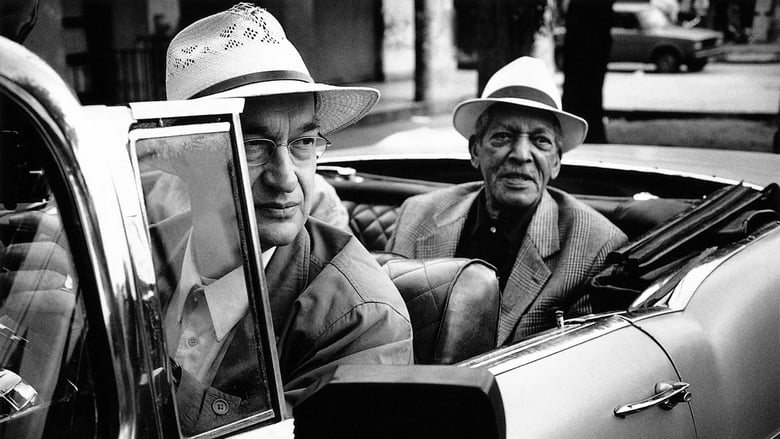
 Watch Now
Watch Now




Buena Vista Social Club (1999)
 Watch Now
Watch Now




In this fascinating Oscar-nominated documentary, American guitarist Ry Cooder brings together a group of legendary Cuban folk musicians (some in their 90s) to record a Grammy-winning CD in their native city of Havana. The result is a spectacular compilation of concert footage from the group's gigs in Amsterdam and New York City's famed Carnegie Hall, with director Wim Wenders capturing not only the music -- but also the musicians' life stories.
Watch Trailer
Cast


Similar titles
Reviews
Yawn. Poorly Filmed Snooze Fest.
Sick Product of a Sick System
A lot of fun.
A different way of telling a story
Most documentaries these days are nothing more than masked narratives, some semblance of reality (often largely fictitious) structured as a story meant to grip. They grip and hold on to. This is not that type, although it's loosely a story. It's more properly a frame, a portal; into the lives of ageing Cuban musicians brought out of retirement and obscurity for one last round, recast as memory of a time and place.Like their music, the film is not about spine-tingling rhythms or crescendos. It is mostly a colorful lull with the sweet pull of a hot summer night. A pull into anecdotes about life in old Cuba and snapshots of the present one. We never get to know any of the players well enough, but we spend with them time enough to soak up the atmosphere of being there.Being there is what the movie is all about. The wise choice of digital video abets this, the palpable immediacy. Wenders' camera tricks are superfluous then, because the material doesn't need any mediating. The only thing required of the camera here is to transport us.And it does. Watching this, I felt like it was the first time I was seeing New York (when eventually the band flies there for one night of apotheosis at the Carnegie Hall). We walk the streets, also back in Cuba. Glimpses of life abound, some spontaneous others not so much. Wonderful architecture, colonial remnants wasting away with the last signs of a revolution heading south. A building sign reads "KARL MA X", the R missing and no one bothered to replace it. But we so rarely get to see these things in movies, that it's a breath of fresh air. But in order for the film to breathe into you, you need to have devoted part of yourself and have an affinity for untravellled cinematic space. For the place, despite the narrative. We get plenty of that here.
I was recently lucky enough to be dragged along to a one-off re-screening of Wim Wenders' film about the eponymous musical institution in Cuba. I say dragged since I had beforehand formed the opinion that there was not much to like in Cuban music, but I came away with a very different view.At the heart of the film is a simple structure whereby each member of the revived and reunited Cuban band are interviewed about their lives and the part that they play musically. The live performances that open the film are given an extended and exhilarating showing at the climax. This format is very successful in picking out the subtleties and stories behind each voice and instrument in the band and by the film's finale I found that I could hear more clearly and read much more into each part being performed. The layers of the film thus illuminate the layers in the music and before the film was through it struck me as truly awe-inspiring to hear so many virtuoso performances weaving in and out of the overall sound.The film is also startling for its then-innovative use of hand-held cameras to shoot footage of performances, recording sessions and interviews. The camera rarely feels like an intruder and some very amusing scenes are captured on film (the guys playing dominos was a favourite moment for me).Anyone with an interest in music needs to see this film.
Wim Wenders heads to Cuba with country music guitarist Ry Cooder to produce an album about traditional Cuban music as played and sung by those artists still alive to play the songs. With most of the artist's ages topping the 80's, the power with which they sing and play will knock your socks off. Each person has a story. One didn't sing for ten years before this because there was no money in singing in Cuba. Another worked with a blind bandleader who would get uproariously drunk and chase after people in a blind, drunken rage. The movie was about more than just the music. The people themselves are the reason why the movie and the music is still around. True that can be said about all different kinds of music, but it's these people's spice to life that make their form of music all the more interesting. Would the Beatles be the Beatles today had Paul and John not been in fierce competition with each other? They all had the music in them, but sometimes it's the people that make the music interesting. After the album, "The Buena Vista Social Club" reached popular success in the States, Cooder took the group on a worldwide tour to play in Amsterdam and finally in Carnegie Hall in New York City. Some of the movie takes place during these concerts, showcasing each artist's particular addition to the band. This is then paralleled by a personal showcase of the artist playing their instrument as the camera swirls around their bodies, examining every part of them in an attempt to uncover and find out what makes them so great. This is probably my favorite Wim Wenders film as the topic is so nostalgic it fills my heart with grief to think of pre-50's Havana as gone. And I was born in 1985. Picked this up at the University library on VHS. Would like to see Wim Wenders' commentary on the film on DVD.
Wim Wenders' documentary seems to have been made as a companion to the best selling CD. Ry Cooder was responsible for resurrecting these old Cuban musicians from oblivion. We saw this film in its debut day at the Angelika and remember the emotional response by many people in the audience as the documentary unfolded. Having seen the DVD recently, it brought back memories about that June day.Actually, all praise has been directed at Mr. Cooder, who is the man who had the clout to bring this group into the attention of the world, first with the recording, and then with this film. However, no one gives credit to Juan de Marcos Gonzalez, the man responsible for getting all these forgotten musicians together. It's because this man's love for that type of music that one is able to appreciate the men one sees in the film.The tremendously talented Cuban musicians are finally given the tribute they were due because their contribution to the kind of music that will always be heard because the way it resonates with the listener. As far as the document go, the Cooders, both Ry and Joaquin, are given a special treatment, but then again, without them, who would have even heard of the Buena Vista Social Club?: No one!Ibrahim Ferrer, Eliades Ochoa, Ruben Gonzalez, Pio Leiva, Guajiro Mirabal, Compay Segundo, Cachaito Lopez, Omara Portuondo, and the rest of the players are shown with great respect by Mr. Wenders, who seems to be enjoying directing these all timers doing what they do best.One can only cry for what the regime in that unhappy island did to this great musicians for such a long time until the powers that be in Cuba found out how much money they could make by exporting the same people they had chosen to forget.


